Losing a limb is a life-changing experience, not just physically but emotionally as well. When someone gets a prosthetic—whether traditional or bionic—it becomes more than just a tool; it becomes a part of their identity. The way a person feels about their prosthetic can shape their confidence, social interactions, and overall well-being.
For years, traditional prosthetics have helped people regain function, but they often come with limitations. With the rise of bionic prosthetics, which offer more natural movement and even sensory feedback, many wonder if they can also provide psychological benefits. Does having a bionic limb make someone feel more whole? Do traditional prosthetics create emotional barriers? And how does the mind adapt to these different types of technology?
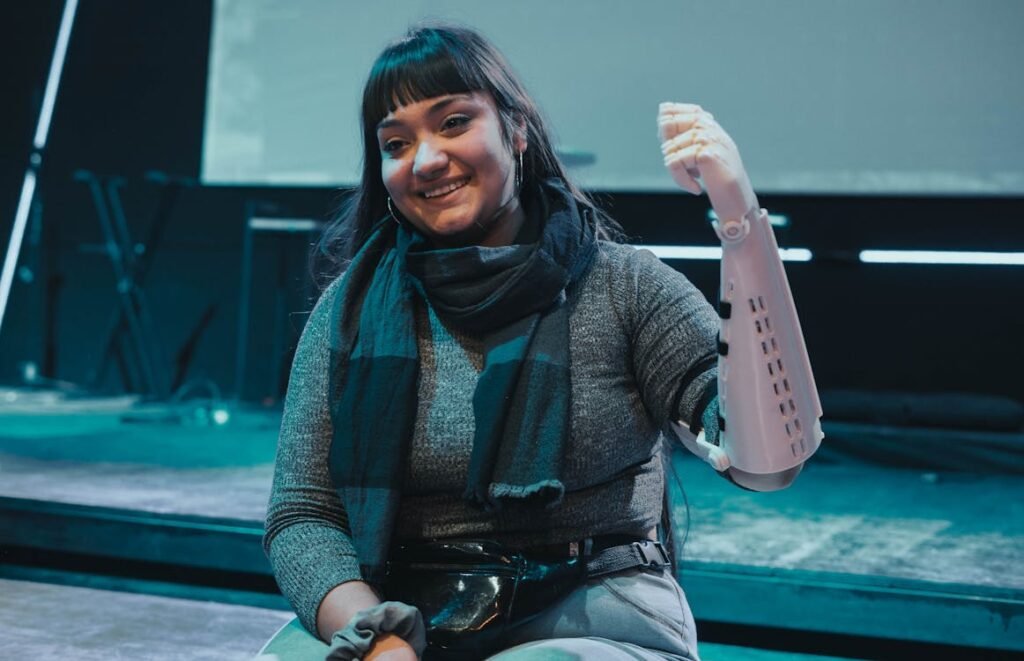
How Prosthetics Influence Self-Identity
A prosthetic limb is not just a medical device—it’s an extension of the body. The way someone perceives their prosthetic plays a crucial role in shaping their self-identity. People who lose a limb often go through a period of adjustment, where they redefine their sense of self.
This transition can be deeply emotional, and the type of prosthetic they use can affect how they view themselves.
The Psychological Adjustment to Traditional Prosthetics
Traditional prosthetics have been around for decades. They are designed primarily for function, helping users perform basic tasks and maintain balance.
However, they often lack the responsiveness and natural feel of a real limb. Many people who use traditional prosthetics feel that their device is simply a tool rather than an integrated part of their body.
This perception can lead to feelings of detachment, where the prosthetic feels foreign rather than natural.
For some, this detachment can affect self-esteem. A prosthetic that doesn’t move naturally may serve as a constant reminder of their limb loss, making it harder to accept their new reality.
Additionally, traditional prosthetics often have a mechanical or artificial appearance, which can make users feel self-conscious in social settings. Some people choose to wear clothing that hides their prosthetic to avoid unwanted attention, which can lead to feelings of isolation.
How Bionic Prosthetics Change the Experience
Bionic prosthetics, on the other hand, are designed to mimic natural movement. Many modern bionic arms and legs use advanced sensors to detect muscle signals, allowing users to control their limb intuitively.
Some even provide sensory feedback, creating a more natural experience. This improved functionality can make a huge difference in how someone feels about their prosthetic.
Users of bionic limbs often report feeling more connected to their prosthetic. Because the limb moves in a way that feels more natural, it integrates more seamlessly into daily life.
This sense of connection can lead to a stronger feeling of wholeness, reducing the psychological burden of limb loss. Instead of viewing their prosthetic as an artificial add-on, many bionic users see it as an extension of themselves.

The Emotional Impact of Functionality and Control
One of the most significant differences between traditional and bionic prosthetics is how much control the user has over their limb. This control—or lack of it—plays a huge role in a person’s emotional well-being.
The more naturally a prosthetic functions, the more confident and independent the user feels.
Frustration and Adaptation with Traditional Prosthetics
Traditional prosthetics often require manual adjustments or body movements to operate. For example, a body-powered prosthetic arm uses cables and harnesses that rely on shoulder or chest movements.
While effective for basic tasks, this method can feel unnatural and exhausting. Many users find themselves limited in what they can do, which can lead to frustration and discouragement.
This frustration can affect a person’s confidence in everyday situations. Simple tasks like tying shoelaces or holding a cup of coffee might require extra effort, making users feel dependent on others.
Over time, these small challenges can add up, leading to emotional exhaustion and, in some cases, even depression.
However, many users do adapt. With practice, they learn how to work around limitations and regain independence. But the initial adjustment period can be mentally and emotionally draining, especially if the prosthetic does not feel intuitive.
How Bionic Prosthetics Improve Emotional Well-Being
Bionic limbs are designed to restore as much natural movement as possible. Because they respond directly to muscle signals, they offer a smoother, more intuitive experience.
This improved functionality can significantly boost a person’s confidence, allowing them to perform everyday tasks with ease.
When people feel in control of their prosthetic, they also feel in control of their lives. Being able to pick up objects, shake hands, or perform delicate movements without struggle creates a sense of normalcy.
This normalcy helps reduce anxiety and allows users to focus on living their lives rather than constantly thinking about their limitations.
Another key advantage is the growing use of sensory feedback in bionic prosthetics. Some advanced models provide users with a sense of touch, allowing them to feel pressure and textures.
This breakthrough helps bridge the gap between artificial and natural sensation, making the limb feel more like a true part of the body. Users who experience this feedback report feeling more emotionally connected to their prosthetic, further strengthening their self-confidence.
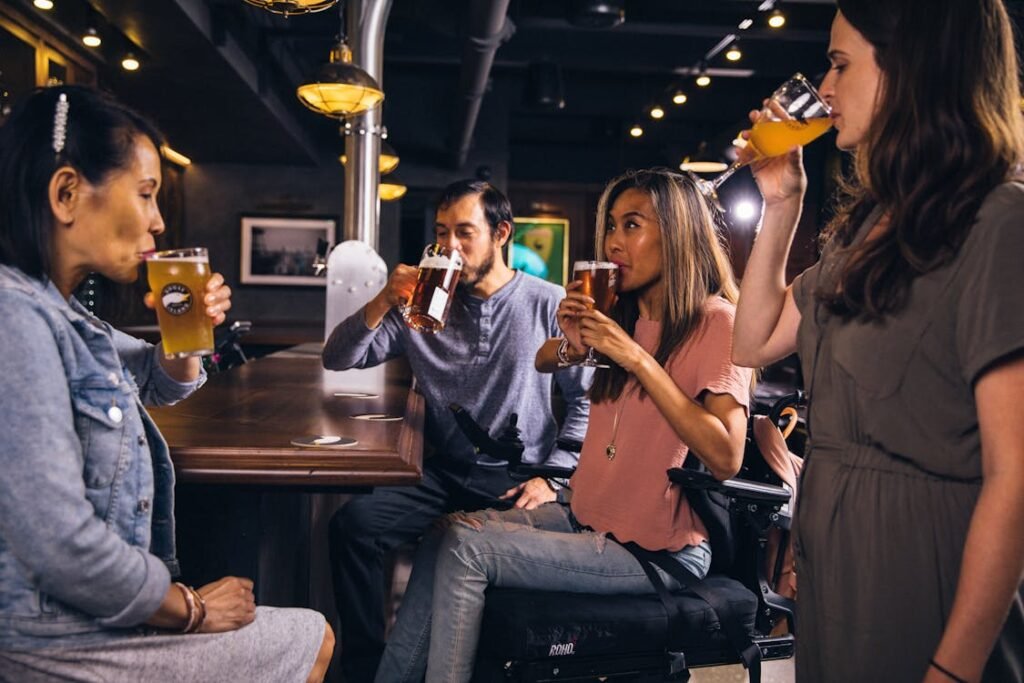
The Social and Psychological Effects of Prosthetic Appearance
Beyond function, the way a prosthetic looks can significantly impact a person’s self-esteem and how they interact with others. Prosthetic limbs are often highly visible, and the reactions of people around them can shape the user’s confidence and sense of belonging.
Traditional Prosthetics and Social Perception
Traditional prosthetics are often designed with a focus on practicality rather than aesthetics. Some are simple, skin-toned limbs meant to blend in, while others have a more mechanical appearance.
For many users, wearing a traditional prosthetic can bring mixed emotions. Some feel comfortable with their device, while others struggle with feelings of self-consciousness, especially in public.
One of the biggest challenges traditional prosthetic users face is unwanted attention. Strangers may stare, ask questions, or make assumptions.
While some users embrace curiosity and use it as an opportunity to educate others, many prefer to avoid discussions about their prosthetic altogether. This discomfort can lead to social withdrawal, especially for those who are not yet fully adjusted to their limb loss.
Children and teenagers, in particular, may find this aspect challenging. At an age where fitting in feels important, having a noticeable prosthetic can make them feel different. This can sometimes lead to bullying or exclusion, further impacting self-confidence.
Bionic Prosthetics: A Symbol of Strength and Innovation
Bionic limbs, on the other hand, often have a futuristic, high-tech look that sets them apart. Instead of trying to blend in, they stand out—sometimes in a way that makes the user feel empowered rather than self-conscious.
Many bionic prosthetic users feel a sense of pride in their device. Instead of viewing their limb loss as a weakness, they see their prosthetic as a symbol of resilience and innovation.
The advanced design and functionality can spark admiration rather than pity, helping shift the social narrative from disability to empowerment.
Some users even customize their bionic limbs with unique colors, patterns, or artistic designs, making them feel more personal and expressive.
This creative approach transforms the prosthetic from a medical necessity into a part of their identity, reinforcing a positive self-image.
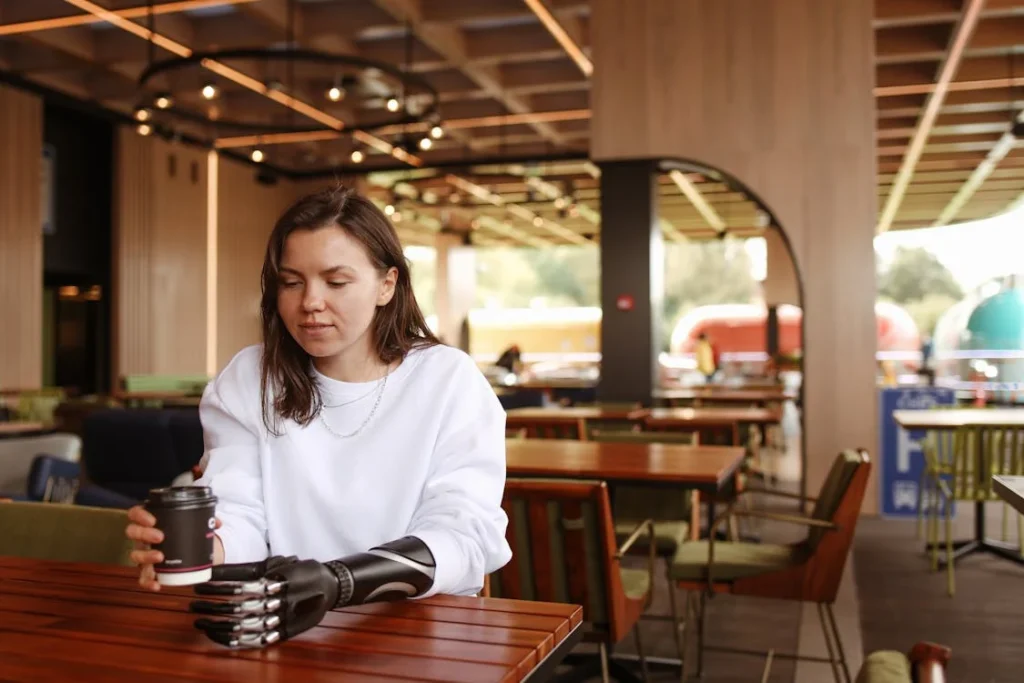
Mental Health and Emotional Resilience in Prosthetic Users
Adjusting to life with a prosthetic limb is not just about physical adaptation; it’s also an emotional journey. People who use prosthetics—whether traditional or bionic—experience a wide range of emotions, from hope and determination to frustration and grief.
The type of prosthetic they use can influence their psychological well-being in significant ways.
Coping with Loss and Change
For many, losing a limb is a traumatic experience that comes with feelings of grief. The process of accepting this loss can take time, and prosthetic use plays a major role in that journey.
Traditional prosthetic users often have to cope with the limitations of their device, which can sometimes be a source of ongoing frustration. Tasks that once felt effortless may now require significant effort or adaptation, leading to moments of emotional exhaustion.
Bionic prosthetic users may have a slightly different experience. Because these limbs restore more natural movement, they can reduce some of the daily struggles associated with limb loss.
This can help ease the emotional burden and allow users to focus on rebuilding their confidence. However, even with advanced technology, bionic users still experience challenges, especially during the initial learning phase.
Adapting to a new limb—no matter how advanced—requires patience and persistence.
Support from family, friends, and mental health professionals can make a huge difference in how someone copes with their prosthetic.
Encouraging conversations about emotions, seeking therapy when needed, and connecting with others who have similar experiences can all help ease the transition.
The Role of Technology in Psychological Healing
The psychological impact of a prosthetic isn’t just about whether it functions well—it’s also about how it makes the user feel. A prosthetic that allows for fluid movement, better control, and even sensory feedback can create a stronger sense of normalcy.
When a prosthetic feels like a natural extension of the body, it helps users regain confidence in themselves and their abilities.
Bionic limbs, particularly those with advanced features, provide a sense of progress and hope. They show users that technology is evolving, that solutions are improving, and that the future holds even greater possibilities.
This mindset shift—from focusing on limitations to embracing potential—can be incredibly empowering.
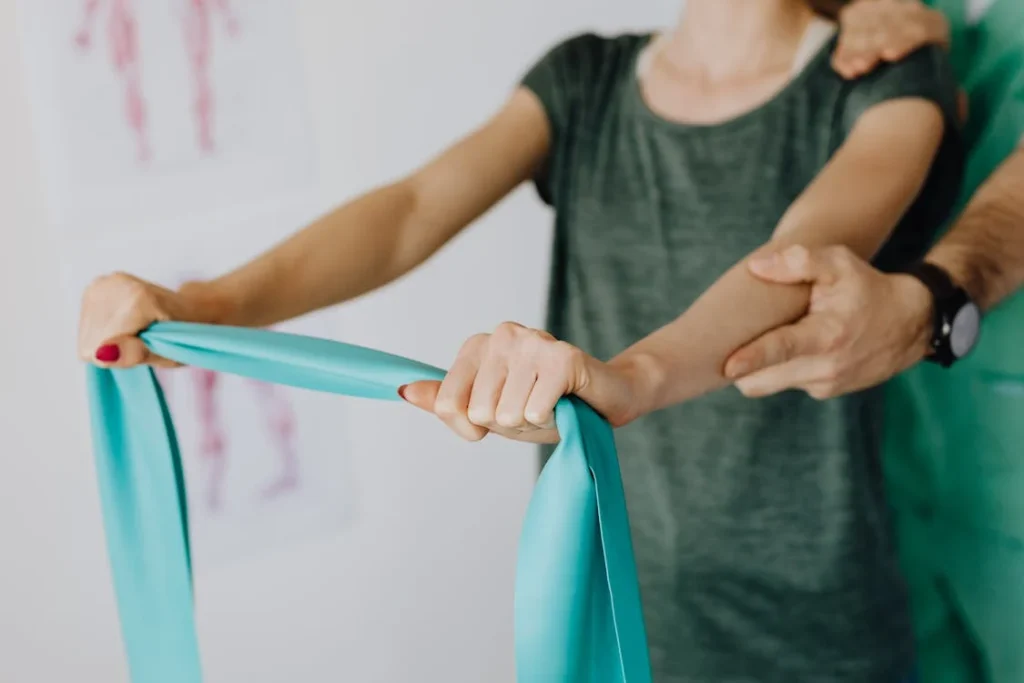
Rehabilitation and Psychological Support: The Key to Successful Adaptation
While the type of prosthetic a person uses can influence their emotional well-being, one of the most critical factors in psychological adjustment is rehabilitation.
Learning to use a prosthetic—whether traditional or bionic—requires time, patience, and proper guidance. More importantly, the right support system can shape a user’s confidence and mental resilience.
Why Rehabilitation Matters
Rehabilitation is not just about physical training—it’s about rebuilding independence and self-esteem. Many new prosthetic users struggle with the frustration of not being able to perform tasks they once did with ease.
Without the right training, this frustration can turn into discouragement, making them less likely to use their prosthetic effectively.
For traditional prosthetic users, rehabilitation often focuses on developing alternative ways to complete daily tasks. Since these prosthetics lack advanced functionality, users must rely on body-powered movements or external assistance.
Occupational therapists play a crucial role in helping them find workarounds that allow them to regain as much function as possible.
Bionic prosthetic users, on the other hand, undergo a different type of training. Since these devices rely on muscle signals, users must learn how to control their limb through small, precise movements.
At first, this can be challenging, but with time and practice, the process becomes more intuitive. Gamified rehabilitation, like the programs offered by Robobionics, can make this learning process more engaging and enjoyable, reducing stress and boosting confidence.
The Importance of Psychological Support
The emotional side of prosthetic use is just as important as the physical aspect. Some users struggle with self-image, anxiety, or even depression, especially in the early stages of prosthetic adaptation.
Having access to mental health support—whether through therapy, support groups, or peer mentorship—can make a world of difference.
Talking to others who have experienced limb loss can be incredibly encouraging. Peer support groups allow users to share their challenges, celebrate their progress, and learn from others who have been through similar journeys.
These connections help normalize the experience and remind prosthetic users that they are not alone.
Families and caregivers also play a huge role in this process. Encouragement, patience, and understanding from loved ones can significantly boost a prosthetic user’s confidence.
Simple gestures—like celebrating small achievements or providing emotional reassurance—help create a positive environment for adjustment.
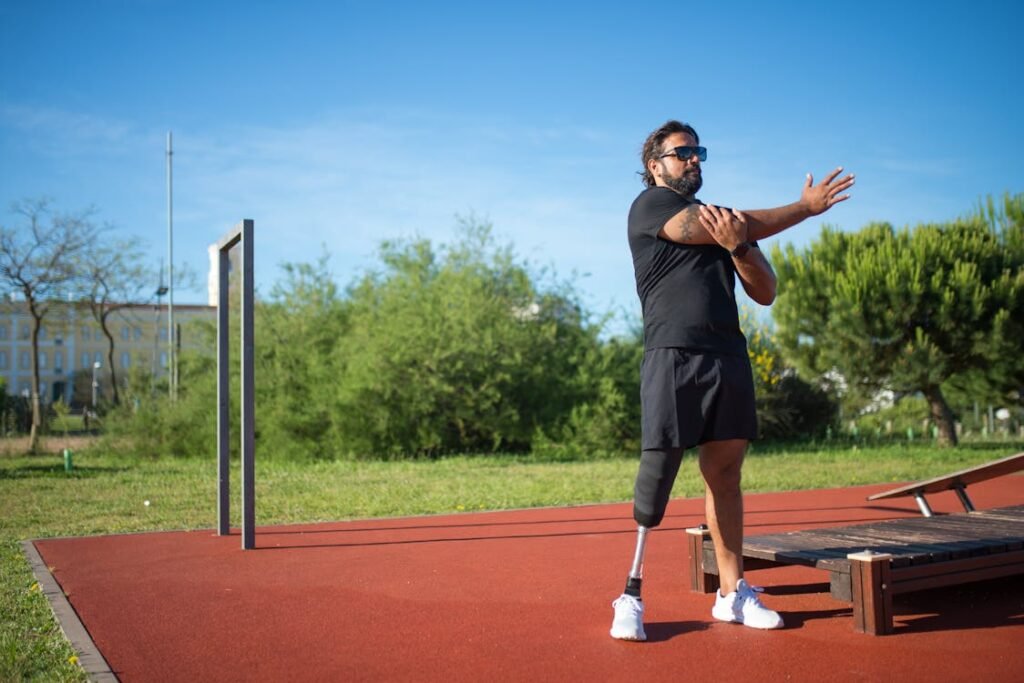
The Impact of Prosthetics on Body Image and Self-Perception
Beyond functionality and social interactions, prosthetics play a profound role in shaping how users perceive their own bodies. The way a person views their appearance influences their confidence, relationships, and overall mental well-being.
While both traditional and bionic prosthetics serve the same fundamental purpose, they affect body image in different ways.
How Traditional Prosthetics Affect Body Image
Traditional prosthetics are often designed to resemble natural limbs, but their limited movement can make them feel less like a part of the body. For some users, this disconnect creates a psychological barrier, making them feel incomplete or different from others.
When a prosthetic doesn’t function as expected or looks visibly artificial, users may struggle with self-acceptance.
In many cases, traditional prosthetic users adopt strategies to minimize the visibility of their limb. They may wear long sleeves, avoid certain activities, or hesitate to engage in social settings where their prosthetic might draw attention.
This self-consciousness can sometimes lead to withdrawal, especially for new users who are still adjusting to life with a prosthetic.
However, others embrace their traditional prosthetic as a part of their story. They see it as a symbol of resilience rather than a limitation.
Over time, with support and adaptation, many users grow more comfortable with their appearance and develop a stronger sense of self-acceptance.
How Bionic Prosthetics Transform Self-Perception
Bionic prosthetics, in contrast, often challenge traditional ideas of body image. Instead of trying to blend in, many bionic limbs stand out with sleek, futuristic designs.
This shift in aesthetics can help users view their prosthetic as something empowering rather than something to be hidden.
For many users, a bionic limb becomes a source of pride. Rather than feeling self-conscious, they feel enhanced—almost as if they have a “superhuman” quality.
The high-tech appearance and advanced functionality often attract admiration and curiosity, shifting social interactions from pity to fascination.
Some bionic users even take self-expression to another level by customizing their prosthetics with unique colors, LED lights, or artistic designs.
This creative approach allows them to redefine beauty and embrace their limb loss in a way that feels empowering. Instead of seeing their prosthetic as a replacement, they see it as an upgrade—one that reflects their personality and individuality.
The Psychological Shift: From Deficit to Empowerment
The way someone feels about their prosthetic directly impacts their self-esteem. Traditional prosthetics, with their passive nature, can sometimes reinforce the feeling of “missing something.”
Bionic prosthetics, on the other hand, often create a sense of gain—of having something unique, powerful, and even futuristic. This shift in perception can be life-changing, allowing users to step into the world with more confidence.
Ultimately, the goal is not just to restore function but to foster self-acceptance. Whether someone uses a traditional or bionic prosthetic, what matters most is how they see themselves.
With the right mindset, support, and technology, prosthetic users can develop a strong, positive self-image that allows them to live fully and fearlessly.
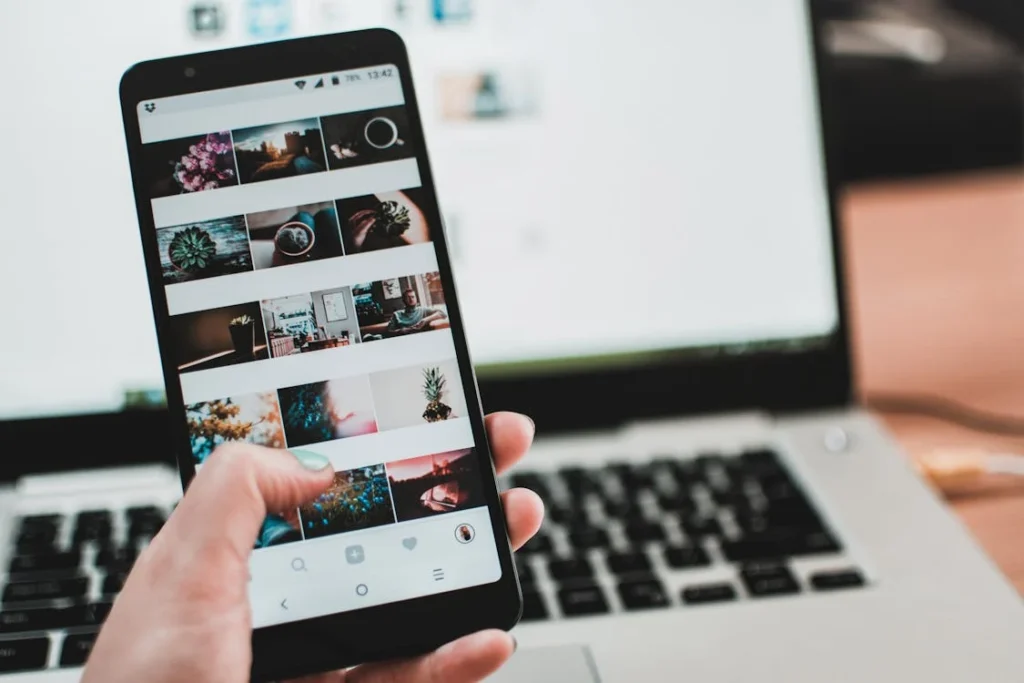
The Role of Media and Pop Culture in Shaping Prosthetic Perception
The way society views prosthetic limbs has a significant impact on how users feel about themselves.
Over the years, media and pop culture have played a major role in shaping public perceptions of limb loss and prosthetics—sometimes reinforcing negative stereotypes, but more recently, portraying prosthetic users as symbols of strength and resilience.
This shift in representation has influenced how people with prosthetics see themselves and how others perceive them.
Past Representations: Overcoming Stereotypes
For decades, the portrayal of prosthetic limbs in movies, books, and television was often linked to struggle, limitation, or even villainous characters.
Pirates with wooden legs, war veterans with stiff, mechanical limbs, or characters who were defined solely by their disability reinforced outdated ideas about prosthetic users.
These portrayals often positioned people with limb loss as either tragic figures or individuals who needed to “overcome” their condition to be seen as normal.
Such representations contributed to the stigma surrounding prosthetic use. Many individuals hesitated to wear their prosthetic openly for fear of being pitied or misunderstood.
The lack of positive role models in mainstream media made it harder for people to see prosthetic limbs as empowering rather than limiting.
The Rise of Bionic Representation: A New Narrative
In recent years, the media has begun to embrace a different perspective—one that highlights prosthetic users as powerful, capable, and even futuristic.
The rise of bionic technology has helped shift the narrative from “disability” to “enhancement.” Characters in sci-fi films, superhero movies, and video games now feature high-tech prosthetics, showcasing them as advanced tools rather than reminders of loss.
Popular figures in sports and entertainment have also contributed to this shift. Athletes with prosthetic limbs, such as Paralympians, have shown the world that limb loss does not mean a loss of ability.
Celebrities and influencers with prosthetics have taken to social media to proudly display their unique limbs, breaking down misconceptions and normalizing prosthetic use in everyday life.
This change in representation has had a powerful psychological impact on prosthetic users. When people see others thriving with prosthetic limbs—whether in sports, media, or daily life—it helps redefine their own self-image.
Instead of feeling like they need to “hide” their prosthetic, they are encouraged to embrace it as a part of who they are.
Bionic Limbs as a Symbol of Human Potential
One of the most exciting shifts in public perception is the growing view of bionic limbs as a symbol of progress and human potential.
Instead of being seen as a disadvantage, bionic technology is now associated with innovation, pushing the boundaries of what the human body can do.
This perspective is especially empowering for children and young prosthetic users. Instead of feeling different in a negative way, they see their prosthetic as something futuristic and exciting.
Some even describe it as their “superpower,” a mindset that completely reframes the emotional experience of using a prosthetic.
At Robobionics, we believe in fostering this positive perception. By creating advanced, user-friendly prosthetics, we aim to help people not just regain function but embrace their prosthetic as an integral and empowering part of their identity.
Conclusion
The psychological impact of using a prosthetic—whether traditional or bionic—extends far beyond function. It influences self-identity, confidence, social interactions, and emotional well-being. Traditional prosthetics, while effective, can sometimes feel limiting, whereas bionic limbs offer a more intuitive and empowering experience. The ability to move naturally, experience sensory feedback, and embrace a high-tech aesthetic helps many bionic users develop a stronger sense of self-acceptance.
As media and society shift toward viewing prosthetics as symbols of innovation rather than disability, users are increasingly encouraged to embrace their unique journey. The evolution of bionic technology is not just transforming mobility—it is reshaping how people perceive themselves and their capabilities.
At Robobionics, we are committed to helping individuals regain independence and confidence through advanced, comfortable, and adaptive prosthetic solutions. If you’re considering a prosthetic for yourself or a loved one, contact us today and explore how our cutting-edge technology can help you step into a future without limits!



